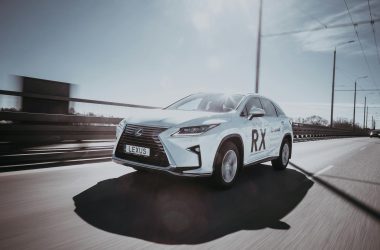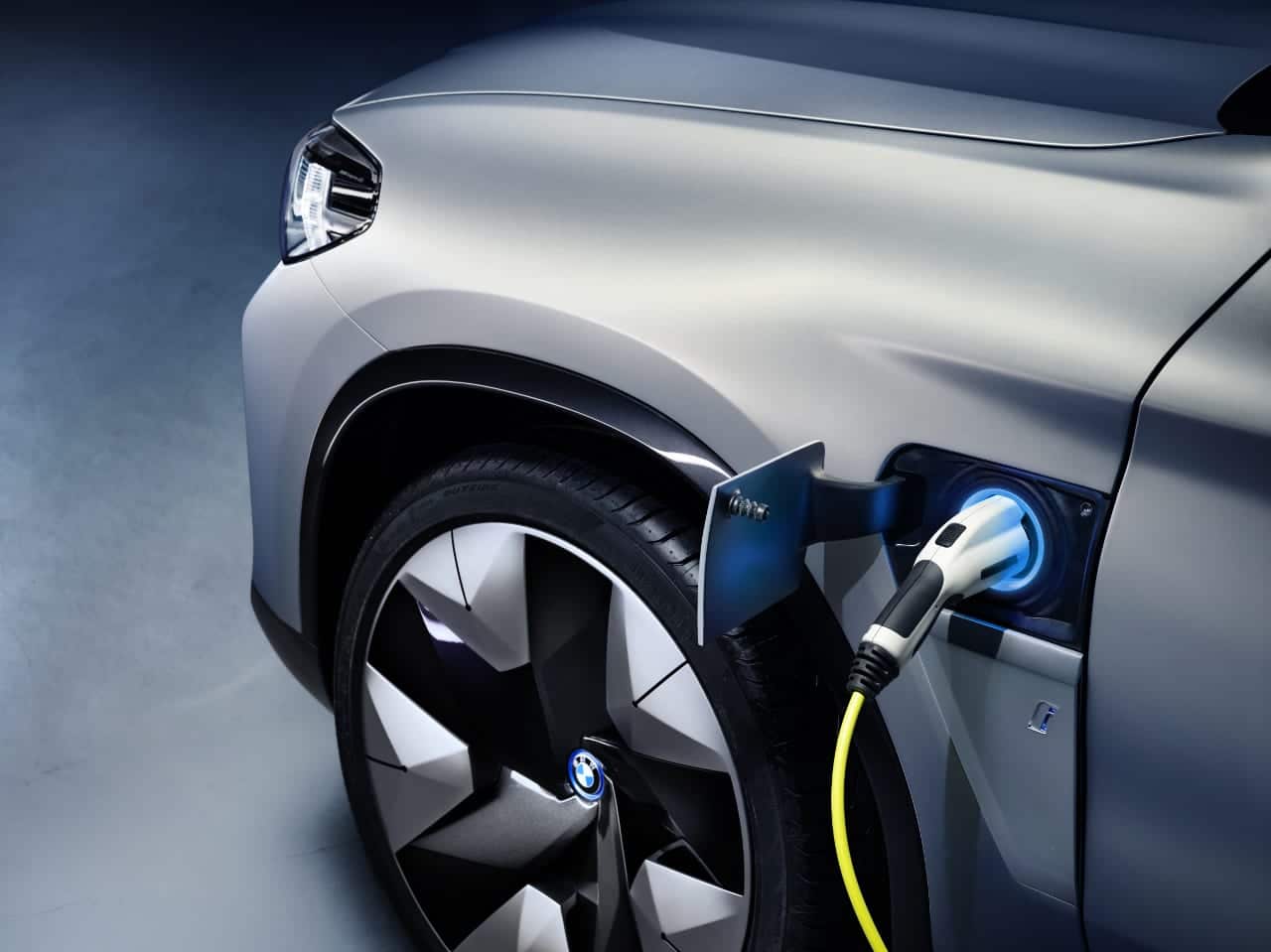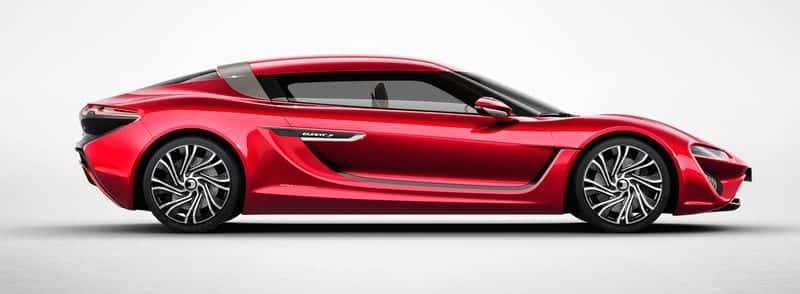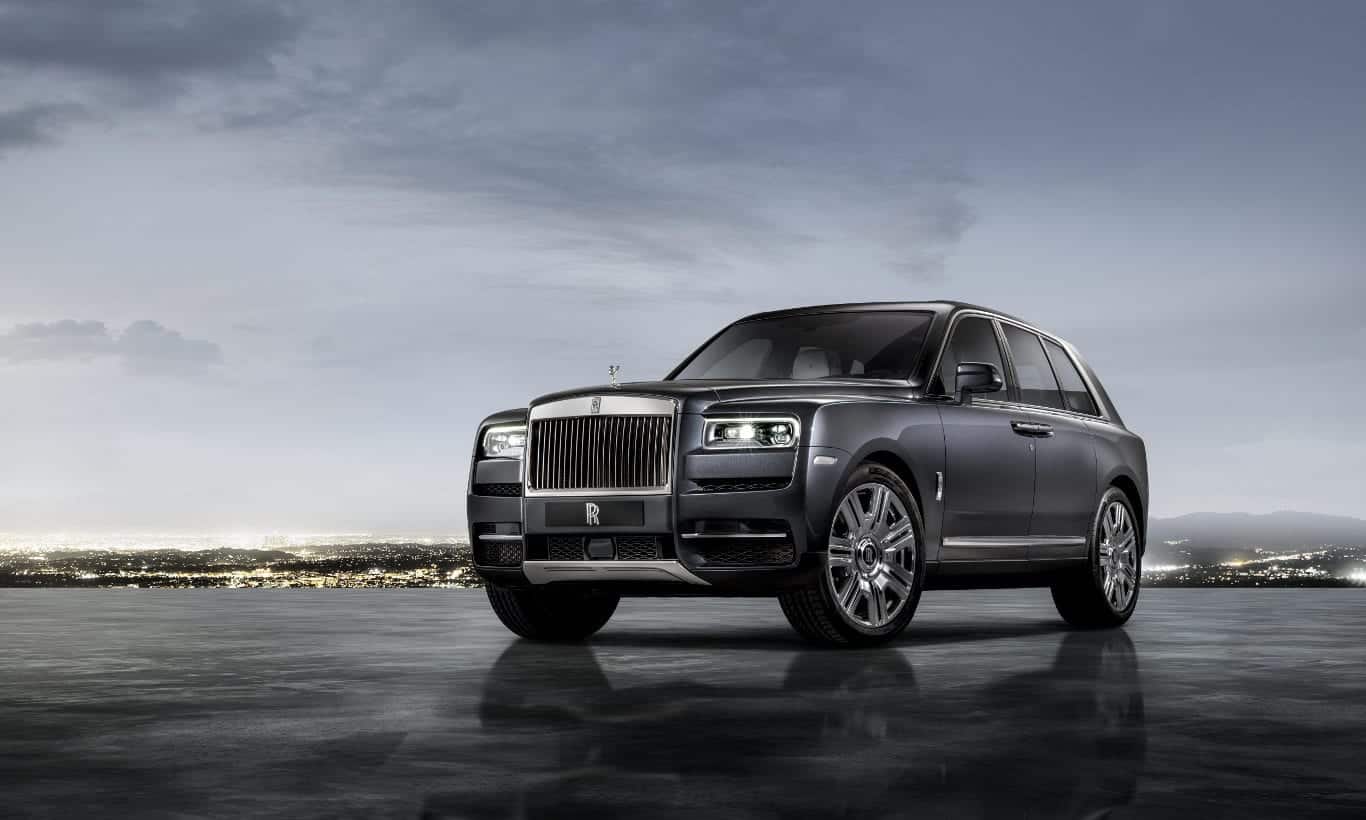BMW hybrid cars can be converted to automatically switch to electric-only mode in emissions-free zones, Klaus Froehlich told Reuters at the LA Auto Show. The manufacturer proposed the idea as some cities are banning combustion engine-powered cars to create emissions-free zones.
A car that doesn’t allow you to switch on the gas engine may enable you to pass through emissions-free zones legally if cities approve the concept. That has it’s benefits, as opposed to being barred from those zones unless you have a fully electric car.
This also helps hybrids to compete with all-electric cars in those zones, which may become more common in the future (or cover broader areas). If you live in an emissions-free zone (and aren’t just passing through it), you won’t want a hybrid. You’ll want a fully electric car instead.
Why? Most hybrid cars have significantly shorter range and slower performance in electric-only mode. This isn’t because the mode is electric, but because the electric motors and battery packs in a hybrid are significantly smaller than the ones in fully electric cars. There’s no point in buying a hybrid if it is going to operate in electric mode all the time, you’d be spending a lot of money to get the combustion engine and it would only be dead weight.
Electric vehicles are admissible in (at least some) emissions-free zones because they produce no tailpipe emissions. Emissions at power plants powering electric vehicles should be taken into consideration, but they are still lower than gasoline-powered car tailpipe emissions due to higher overall efficiency. Being closer to the source of emissions (such as a gasoline car’s tailpipe vs a distant natural gas power plant) puts people at a greater risk of being affected by said emissions.
It is also worth noting that electric vehicles are powered by a number of energy sources on the grid that produce fewer emissions than gasoline, such as solar and wind farms, hydroelectric plants, nuclear power plants, and natural gas power plants (these plants account for more than 2/3 of electricity generated in the U.S., but that figure changes).








